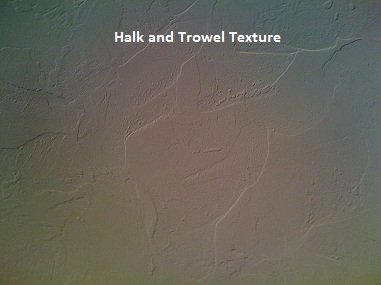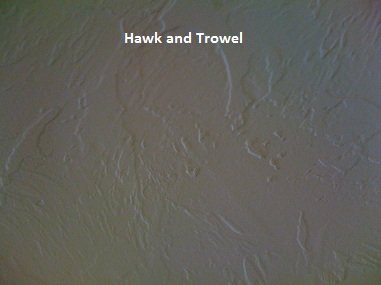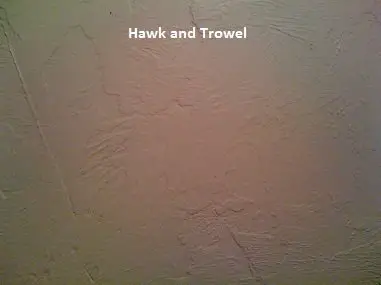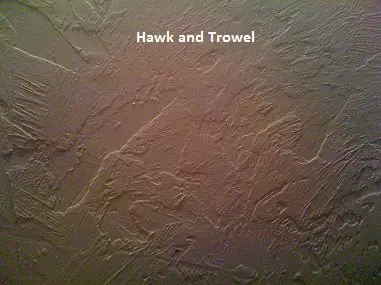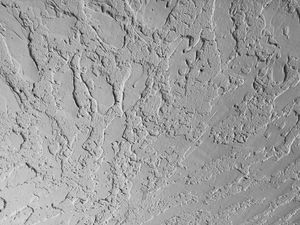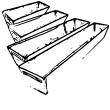
Hawk and Trowel Drywall Texture
Hawk and trowel texture can be described as layers of drywall mud flowing over other layers of drywall mud. At times, it resembles waves of water, and at other times random circles of mud. The variation of texture style is controlled to a great extent by the thickness of the texture mud used.
When looking to hire a tradesman to do a hawk and trowel texture, it is wise to ask for samples of their work. Hawk and trowel drywall texture varies quite a bit from one tradesman to another so it is important to make sure that you are happy with the style of hawk and trowel that they will produce.
The Tools
The terms hawk and trowel refer specifically to two tools used in plaster, stucco, and cement finishing. The hawk is a 16-inch by 16-inch flat table-like plate with a handle protruding perpendicular to the underside of the hawk surface. Material such as stucco, plaster, cement, or even drywall mud, is placed on the hawk in a small mound.
The trowel is a flat rectangle metal tool with a handle extending up and parallel to the surface angle of the trowel. Material is moved from the hawk to the wall with a quick motion. Material is quickly scraped onto the trowel and subsequently to the wall. It takes a lot of practice and experience to be able to make this transfer while not dropping material on the ground.
The hawk and trowel are rarely used in taping and finishing drywall. Most tapers use pans and knives. However, drywall texture is applied with a hawk and trowel creating a unique style of texture. The exact style of texture created using these tools is determined by the tradesman's experience and technique.
Click on the images below for larger images
Examples of a hawk and trowel drywall texture applied using very thick drywall mud.
The texture shown in the pictures below is a combination of two different drywall textures. It is primarily a hawk and trowel texture but a paint roller was first used when applying the base layer of mud. Drywall mud was rolled lightly onto the surface to create a very light Paint Roller texture. Then a hawk and trowel were used to add larger sections of drywall mud and flatten out the surfaces.

